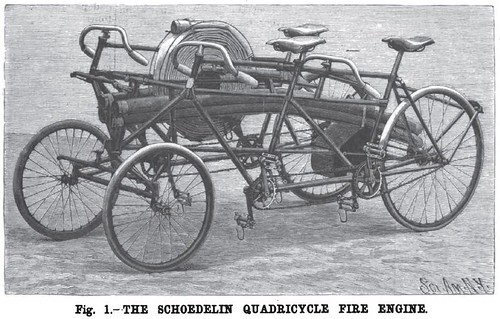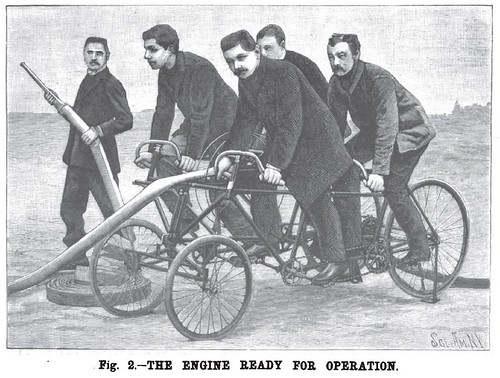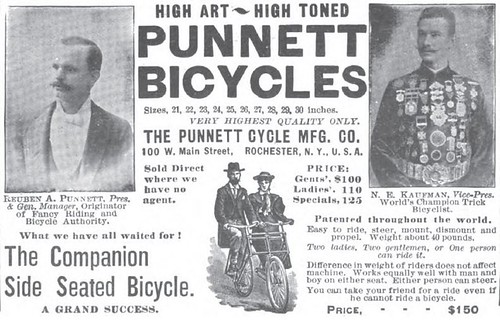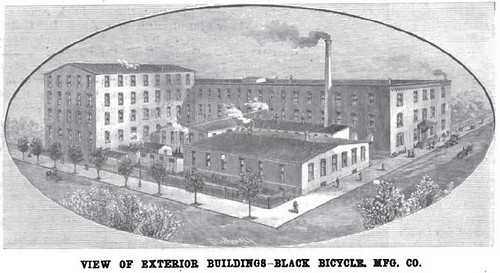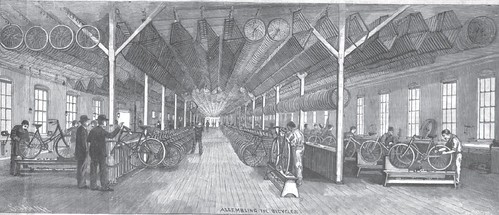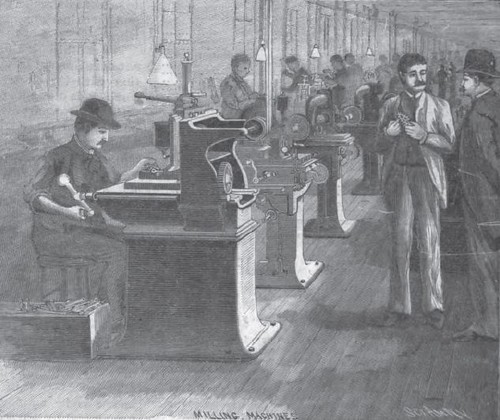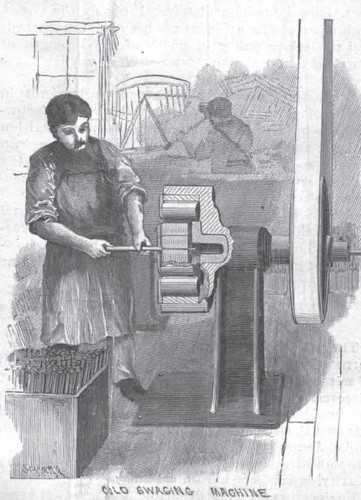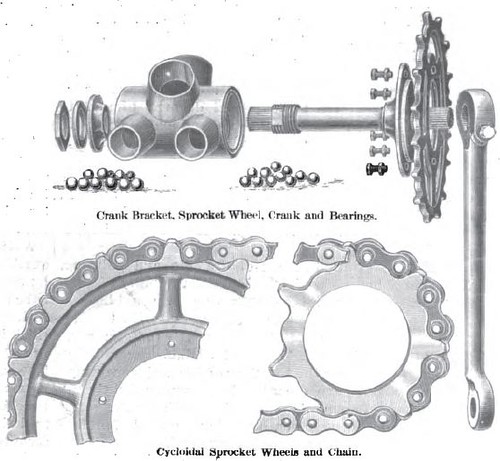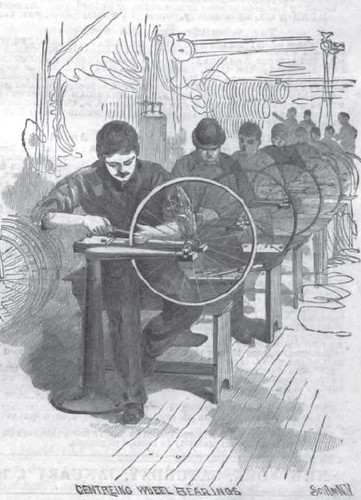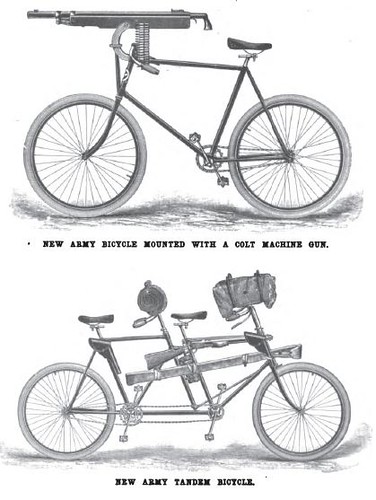Book description at Goodreads.com.
YouTube video giving author's description of his book
Here's my review on Goodreads ~
The author describes some of the history, particularly the early history, of the development of cycling along with an account of his selection of the bits and pieces that are eventually assembled to make his dream bike including visits to manufacturers, all in less than 200 pages. Since I have a coffee table book that describes the history of just derailleurs, in my view he summarizes, generalizes, and leaves some (OK, a lot of) stuff out. For me, knowing something about the subject, it was an interesting read - I enjoyed it. I have to wonder how a reader who was interested in bikes but didn't know that much about the subject would find his explanations of certain slightly technical subjects. It would have been great to have more and better illustrations.I have a few other thoughts since I wrote the above ~
I read the U.S. edition. The dust cover of the U.K. edition included a color photo of this bike he went to so much trouble to have built; it seems odd to have left that off the dust cover of the American version. The British English was not fixed for the U.S. edition - I thought that was a standard process. "Tyre" etc. Not a big deal but seems odd. U.S. distances are supplied in addition to kilometers etc.
Even having read his book, I still don't quite understand what this was the ideal bike for (given that he has six other bikes of various types). It almost seemed like he wanted a randoneering (touring) bike, anyway something for long-long rides, but the subject of randoneering (with its rather different views of many of the choices he made) doesn't come up.
At the end he points out that the bike cost him $5,500. (He translated that to a U.S. measure, anyway). There are plenty of off-the-shelf bikes that cost more than that, so I think he must have got some special pricing on some of it. (Which is fine.)
* Coming from the U.K., he really has a very European focus in the components he finds interesting. This isn't really a problem per se, but it would have been nice if he could have said a little more about some of the other sources that are important today. Yes, Campagnolo of Italy has made and continues to make great components, but they are mighty pricey and most people are making other choices - Shimano and increasingly SRAM.
* I still don't really understand his "dream bike" except that it is a really sturdy road bike made of steel. He says he figures he'll still be riding it when he is 70 down to the pub, but I am doubtful he'll want to ride what is essentially a racing bike to the pub then. He says nothing about randoneering bikes that seem a lot more "dream bike" to me, but perhaps this movement hasn't caught on in the U.K. (I don't think this fellow reads Bicycle Quarterly, the mother-ship journal of rando cycling.)
* With all the choices in the universe, he has his custom bike painted orange and blue - really, orange and blue? The Denver Broncos. Oh well.
* I also didn't get his choice of carbon fiber Cinelli handlebars for his steel bike, particularly since as I read the book, he got Cinelli Ram bars that integrate the stem and the bars, but on his site the photo shows carbon fiber handlebars with a standard stem. The photos of Cinelli Ram bars that I have seen are quite exotic - so much so that they would grab much of the attention on any bike you had them. Anyway, I must have misunderstood something, but I would have chosen something more traditional for the handlebars.
* The book is mostly about his quest for a perfect road bike of his own profile, but he does meet Joe Breeze of mountain biking fame and describes a pretty amusing outing with him, riding down a famous old mountain track. A lot of his descriptions of discussions with the people he meets who create (or whose companies create) the parts of his bike are engaging; really, that stuff is better than some of his descriptions of early cycling history.
He has photos of the bike
